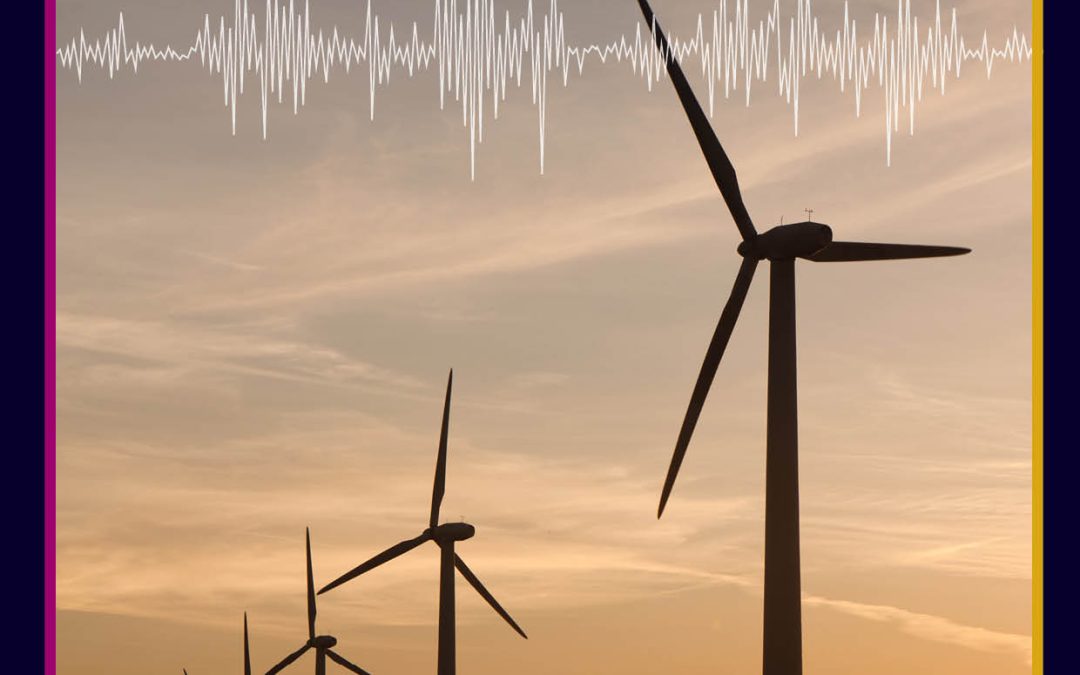
by admin | Apr 13, 2022 | engineering and tech, physical sciences, trending
The engine of a typical passenger vehicle is made up of hundreds of mechanical parts. These parts require lubrication to prevent them from overheating and to keep them working efficiently. Ken Hope and his team at Chevron Phillips Chemical, headquartered in Texas, have analysed the extent to which different types of lubricant oils reduce friction. They then used this data to estimate how an optimised oil mixture can achieve an overall improvement in engine efficiency.

by admin | Apr 13, 2022 | engineering and tech, health and medicine, trending
Medical professionals require years of training before they can describe ultrasound images of developing foetuses. Dr Mohammad Alsharid and colleagues from the Institute of Biomedical Engineering and Nuffield Department of Women’s and Reproductive Health at the University of Oxford suggest that this task could one day be carried out by machine learning algorithms. In their latest study, the team showed how neural networks, trained by the expert knowledge of real sonographers, could convert subtle features within the images into accurate, readable captions.

by admin | Apr 6, 2022 | engineering and tech
In the next few decades, upcoming technological advances will offer unprecedented opportunities to explore the solar system – both with autonomous robots, and through manned missions. Dr Jekan Thanga and the Space and Terrestrial Robotic Exploration (SpaceTREx) Laboratory at University of Arizona are at the forefront of efforts to design miniature spacecraft that will allow us to reach these distant worlds, and navigate their rugged, unfamiliar terrains. In the future, his team’s research could pave the way for the establishment of long-term, off-world human settlements, and the discovery of life in extreme, yet potentially habitable environments.

by admin | Mar 30, 2022 | engineering and tech
Every year, the combined effects of corrosion and wear cause a huge amount of damage to coastal and offshore machinery, incurring huge costs for repair and maintenance. While there are various types of coating that offer protection from wear and corrosion, the way in which that they are applied can massively impact their effectiveness. Dr Tai-Cheng Chen and his team at the Institute of Nuclear Energy Research, Taiwan, have been analysing these methods, in order to determine the best way to protect maritime infrastructure.

by admin | Jan 19, 2022 | biology, engineering and tech, trending
Water-treatment processes are essential for water reuse in municipal, agricultural and industrial applications. Wastewater treatment ensures our safety and prevents sickness and death from parasites and contaminants every year. However, certain chemical contaminants, such as pharmaceuticals and pesticides, are difficult to remove from water, and can accumulate in the food web, eventually entering our food supply and potentially causing adverse health outcomes. Dr Luisa Orsini [Loo-ee-sah Oar-see-nee] and her colleagues at Daphne Water Solutions Ltd have developed a cutting-edge water-bioremediation technology, which is based on the use of small aquatic invertebrates called water fleas. By removing harmful contaminants from water, the sustainable and eco-friendly technology enables water reuse, while protecting human health and the environment.

by admin | Dec 15, 2021 | engineering and tech, engineering and tech animated, physical sciences, physical sciences animated, research animated
Advancing Quantum Computing to Accelerate Scientific Research About this episode Over the past few years, the capabilities of quantum computers have reached the stage where they can be used to pursue research with widespread technological impact. Through their...






